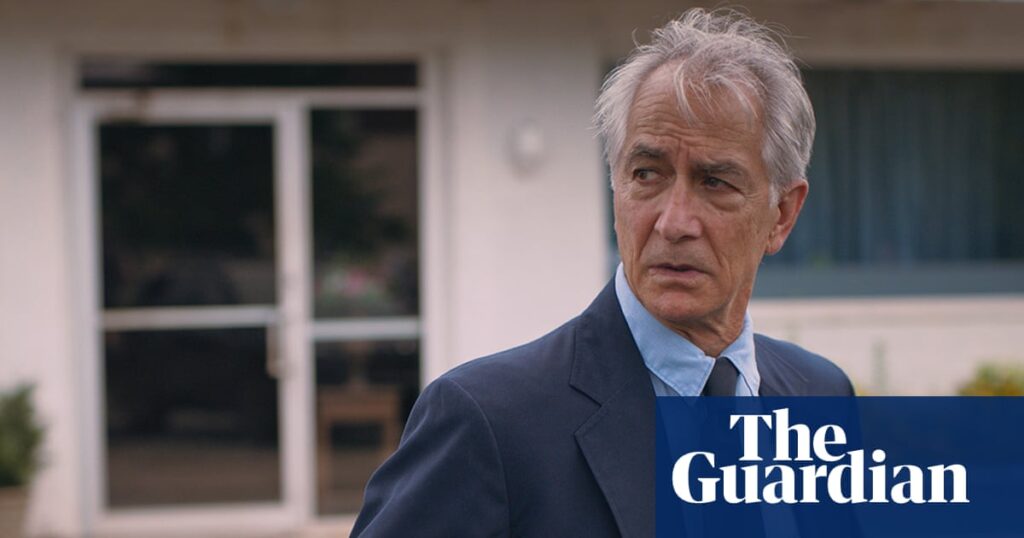
When George Clooney adapted Good Night, and Good Luck for the Broadway stage earlier this year, it achieved the remarkable feat of becoming the highest-grossing play in Broadway history. Clooney, in his Broadway debut, earned a Tony nomination for his portrayal of Edward R. Murrow, the iconic broadcast journalist. However, for ardent admirers of the original 2005 film, which was a response to U.S. involvement in the Iraq War, there was a notable absence. David Strathairn, who originally played Murrow with his trademark subtlety and depth, did not reprise his role on stage.
Speaking via Zoom, Strathairn, now 76, explained with a smile, “I was much too old and it would have been hard to actually pull it off that many years later.” He added, “Hats off to him [Clooney] for getting it to Broadway. The play would be an amazing part of a curriculum at schools of broadcast journalism or political science.”
Strathairn’s New Role in A Little Prayer
Strathairn’s latest venture is in the film A Little Prayer, a family drama directed by Angus MacLachlan. Set in Winston-Salem, North Carolina, the film explores the dynamics of a close-knit family on the verge of unraveling. Strathairn plays Bill, a Vietnam veteran and patriarch who forms a bond with his daughter-in-law, played by Jane Levy, while suspecting his son of infidelity.
Strathairn was drawn to the project by MacLachlan’s writing, having admired his previous works. “His focus was such a frank and sincere and generous looking into a family,” Strathairn noted. “No big bells and whistles. Obviously, this family is going through some issues that are fairly potent and have a lot of resonances.”
The film subtly addresses significant social issues such as the opioid epidemic, abortion stigma, and the challenges faced by military veterans. Strathairn remarked, “It presents PTSD, it presents abortion and drug abuse and the struggles that everybody has dealing with things like that, and puts it in a very sincere and equitable level.”
The Role of Arts in Society
Strathairn’s career has been marked by portraying historical figures like Edward R. Murrow, Robert Oppenheimer, and Jan Karski. His work often intersects with historical narratives, offering insights into pivotal moments and figures. Reflecting on the difference between fictional and historical roles, he said, “The responsibilities, the duties there are different… With historical characters, it’s important not to reconfigure or reinvent.”
In recent years, Strathairn has become increasingly vocal about the role of arts in preserving history and fostering dialogue. He expressed concern over the current political climate, particularly the potential for authoritarianism to stifle artistic expression. He pondered, “Does it fall to the arts, of all forms, to be our historians now? If those things are going to be thrown in the dustbin, who is going to preserve that history?”
“Authoritarianism is a very frightening concept when it comes to the arts. But so many towns have their own little film festivals and the curiosity is still there… You can’t kill that. Artists will always find a way.” – David Strathairn
Implications for the Future
The arts have long served as a mirror to society, reflecting both its triumphs and its failings. Strathairn believes that in an era where cultural institutions are under threat, the arts have a crucial role in uniting people. “What film can do, what theatre can do, what the arts can do is bring a lot of people together in one place,” he said. “We have to take care of each other and that’s critical today in terms of what’s happening out there.”
As Strathairn continues to engage with projects that challenge and inspire, his work remains a testament to the power of storytelling. Whether through the lens of history or the intimacy of family drama, he continues to illuminate the complexities of the human experience, urging audiences to reflect and connect.







